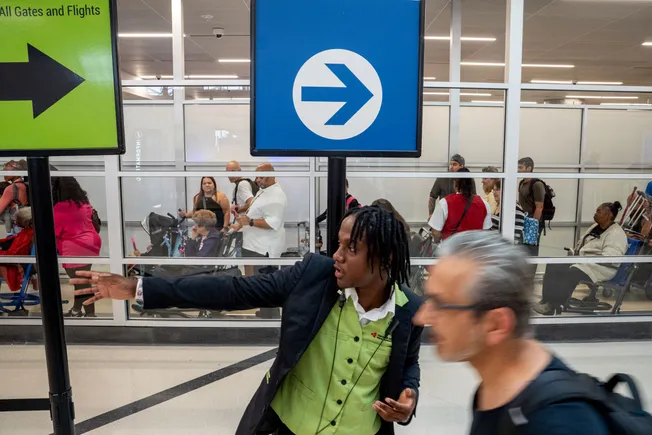Only 23% of front-line workers believe senior leaders understand their day-to-day reality, highlighting a disconnect between top decision-makers and what’s really happening in the workplace, according to an Aug. 13 report based on ZipRecruiter’s Breakroom Workplace Index.
The leadership awareness gap grows even larger for certain industries, such as agriculture, healthcare and travel, where organizational layers and operational complexity may make it even tougher for leaders to stay connected, the report found.
“These findings highlight an opportunity for organizations to bridge the gap between leadership and frontline staff, fostering stronger communication, trust, and alignment — especially in industries where day-to-day operations are complex and fast-moving,” according to the report.
More than two-thirds of front-line workers said their managers treat them with respect, particularly in finance, media and education — but reports of respect were lower than average in retail, hospitality and facility services. Industry variations could depend on factors such as culture, staffing pressures and management structures, the report found.
The Breakroom Workplace Index rose 3.5% from the first quarter to the second quarter of 2025, with workplace sentiment improving across all dimensions. For instance, improvements in benefits indicated better access to paid leave, healthcare and career development opportunities.
Notably, team and management scores rose by 6.5%, with more workers saying they were treated with respect and had fairer day-to-day management. This could indicate that employers are making progress in strengthening internal culture, communication and front-line support, the report found.
Overall, wage growth has remained mostly flat, with the overall median wage at $20 per hour, although pay is increasing in historically lower-wage cities as companies compete for talent. In addition, a majority of front-line workers said they receive paid time off (67%), health insurance access (61%) and shift choices (56%). Most workers reported wanting greater schedule flexibility, control, predictability and stability.
“For many, the timing of their work remains uncertain — a reality with significant implications for planning, income stability and work-life balance,” according to the report.






Leave a Reply